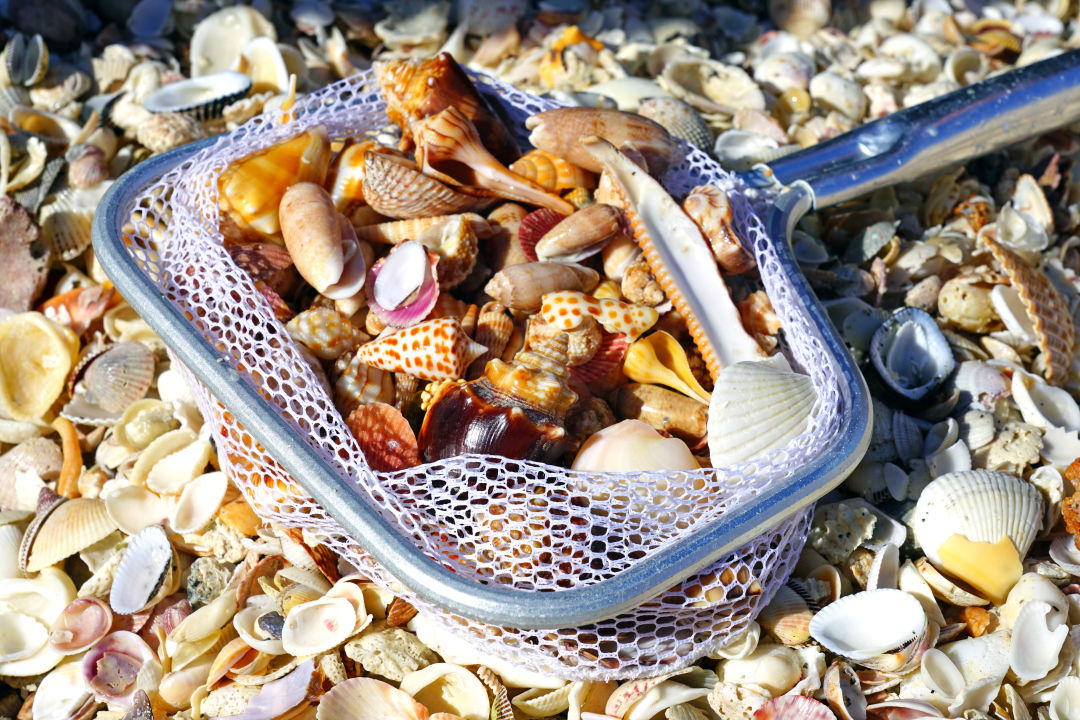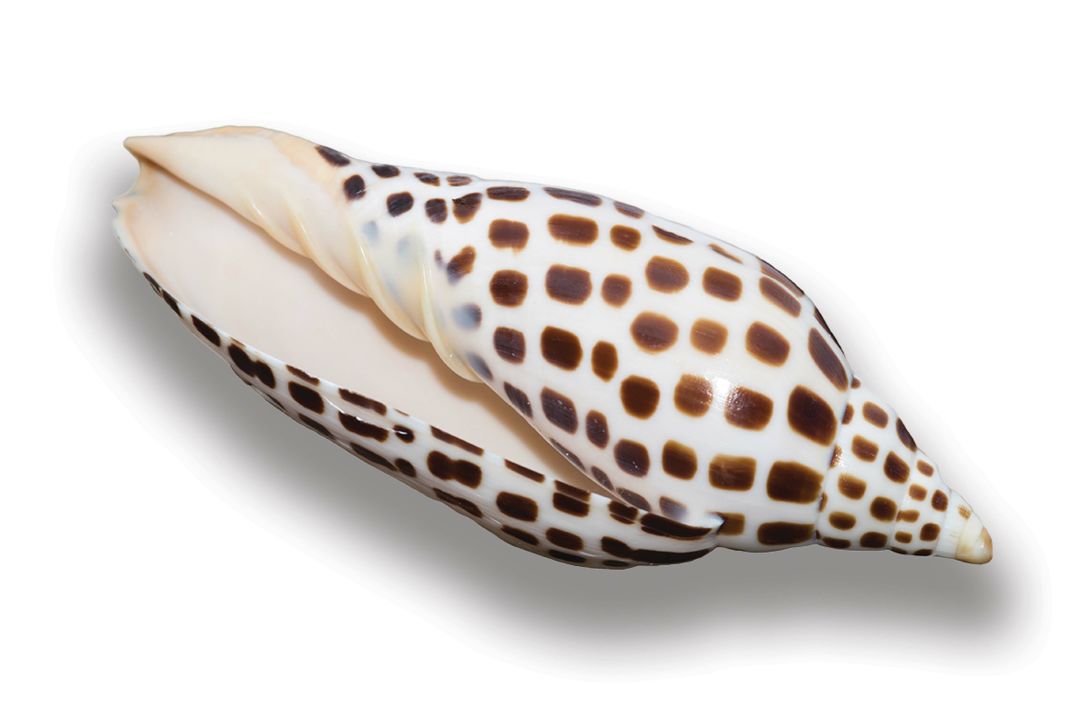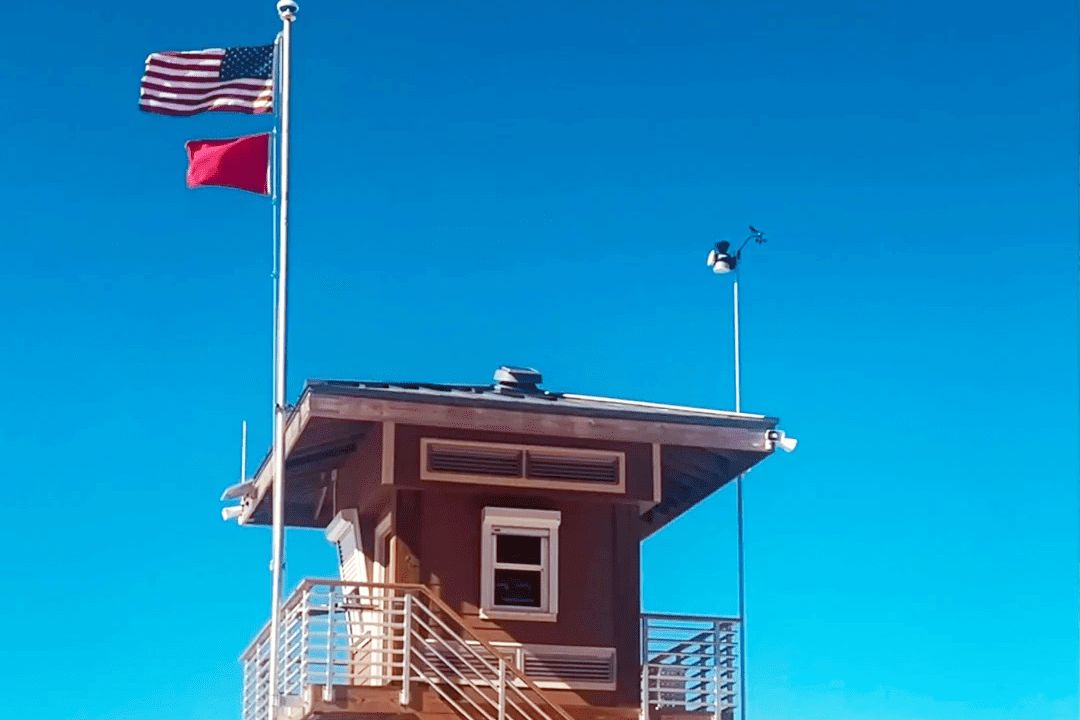The Sarasota Shell Club's Annual Show Happens in February

Image: EQRoy/Shutterstock.com
Most of us have picked up a shell or two that caught our eye while strolling the beach, and many of us might even have a small collection of favorites that decorate our shelves and counters at home. But for members of the Sarasota Shell Club, finding shells isn’t just an idle hobby—it’s a lifestyle. They organize shell-hunting trips to distant spots in Florida and around the globe, search out specific species and even make arts and crafts with their unique finds.
Getting Hooked
For Shell Club board member Sally Peppitoni, 59, collecting shells has been a lifelong obsession. Originally from Tennessee, she and her family vacationed on the east coast of Florida when she was young and she fell in love with the hobby right away. “It’s like a treasure hunt,” she says. “You never know what you’re going to find, because the beach changes every day and what you can find changes every day.” Today, her collection numbers in the thousands.

A junonia shell
Prized Possessions
Different shells wash up in different regions because of variations in ocean depth, tides and other factors, so club members will plan trips to far-flung beaches to hunt for specific types. They’ll also chase storms, because collecting is often better in the wake of bad weather. “One of my most exciting days was when I found my first scotch bonnet down in the Ten Thousand Islands,” says Peppitoni. “It was time to meet the boat to travel back and I was dashing through the brush. I had to dip down under a low branch and right there in front of my nose was a scotch bonnet.” Peppitoni says another local “holy grail” shell is the junonia, a spotted deep-water shell that rarely washes up.

A scotch bonnet shell
Image: Pixel Sqid 360/Envato
Finding Your Niche
Some collectors, like Shell Club president Duane Kauffmann, specialize in specific types of shells. Kauffmann looks for so-called “micro snails” that make shells smaller than a half-inch. He fills Ziploc bags with detritus from the beach and uses a microscope to spot them at home. “People don’t realize that when they go to the beach to pick up pretty, larger shells, there’s a whole other world of smaller shells they’re stepping on,” says Kauffmann.
On the Other Hand
Shells are classified as either right-handed or left-handed, just like us. If you hold a shell with its narrow tip pointing upward and its hole is on the right, it’s a dextral (or right-handed) shell. If it’s on the left, it’s a sinistral (or left-handed) shell. Roughly nine out of 10 shells are right-handed, which makes left-handed ones especially prized by collectors. One of Kauffmann’s favorite finds is a left-handed micro snail that is extremely rare. He estimates that only one out of 10,000 shells of that species is left-handed. “To find one is pretty exciting,” he says.
See What It’s All About
Whether you love shells or are a casual collector, you’ll want to visit the Shell Club’s annual Shell Show, which takes place Feb. 9 and 10 at the Potter Building at the Sarasota Fairgrounds, 2896 Ringling Blvd., Sarasota. Check out arts and crafts made with shells, exotic varieties and much more. Visit sarasotashellclub.com for details.



